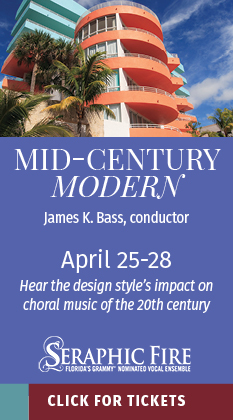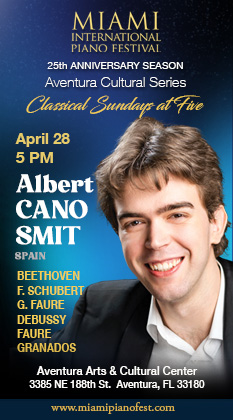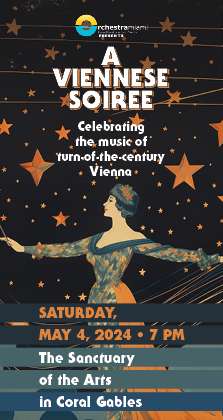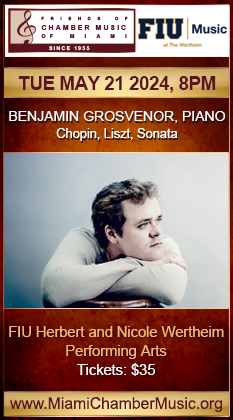Orchester Wiener Akademie brings a period-instrument afternoon to Kravis
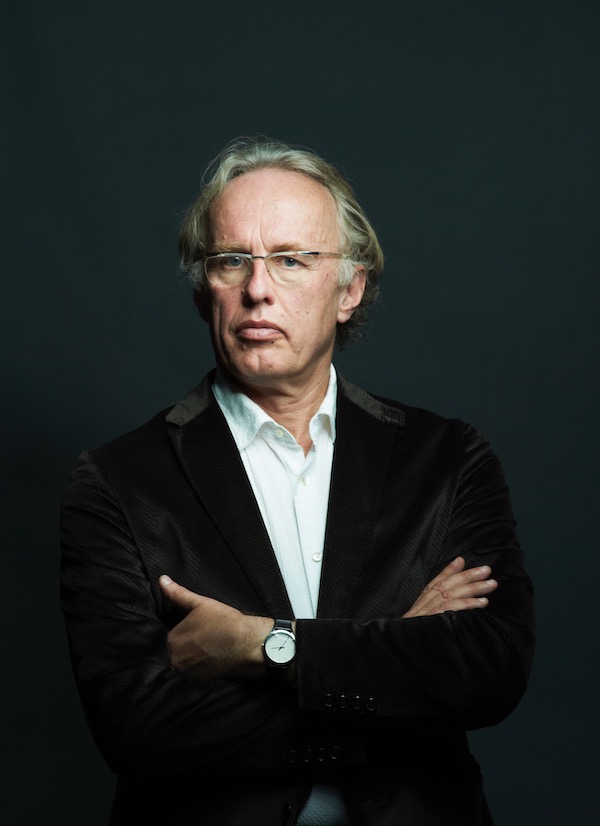
The sounds of valveless horns, gut strings and a concert organ are not usually heard in the large auditorium of West Palm Beach’s Kravis Center.
But the opening concert of the Regional Arts classical series on Monday afternoon delivered all that by way of Vienna. Organist Martin Haselböck’s Orchester Wiener Akademie took the stage, offering a program of mostly rarely played works from the Baroque and classical eras. Berlin-based soprano Robin Johannsen soloed in a Mozart classic and rarities by Handel and Haydn.
The sparsely populated hall suggested period ensembles are something less than a major draw in Palm Beach County but the ensemble’s soft, warm corporate sound was surprisingly clear in the vast Kravis hall. There was none of the out-of- tune playing one often hears from less musically scrupulous original instrument bands. Varying between eleven and seventeen players in the course of the program, the mellow tones of the group’s violas and the heft of the natural horns were a particular delight.
If only the music presented had matched the quality of the performances. While there are indeed neglected masterpieces, there is also a reason why many scores, even by the greatest composers, are infrequently or never programmed.
Despite the grandiose title of Michel Corrette’s Symphonie de Noël No. 5 for organ and orchestra, the afternoon’s opener was merely a medley of eighteenth century Christmas carols that are largely unfamiliar today. Pleasant enough as a holiday listening diversion, the work would have fared better as an organ solo; the minimalist instrumentation actually distracted from the appealing tunes. Playing the Kravis’ imposing George W. Mergens Memorial Organ, Haselböck’s lively articulation appropriately captured the spirit of the season, the carols sounding merry indeed.
Haselböck is a master organist. His clean registrations and perfect balancing of the console’s voices were fully on display in Handel’s Organ Concerto No. 4 in F Major, the afternoon’s one truly great work for the instrument. A stodgy tempo and ponderous accents of the powdered-wig variety got the performance off to an unpromising start. The buoyant strains of the Moderato were lacking in spirit and life force. Haselböck quickly rebounded, shaping the heavenly melody of the Andante with majestic spaciousness. His incisive playing matched the festive aura of the final Allegro. Balances between organ and orchestra were well coordinated and individual instrumental lines were transparent above the organ.
Haydn’s Organ Concerto in C Major was conceived in 1756 during the pre-Esterházy years of the father of the symphony and string quartet. From this innocuous score, one could hardly imagine the master that was to come. The work’s melodic material is mediocre at best, its development rudimentary like music of any number of minor composers of the era. If Haydn’s name were not attached to it, it is doubtful that many organists would perform the concerto. That said, Haselböck succeeded in making the music sound better than it is. His ornamentation in the Largo was especially winsome and the sound of the two horns added needed spice to the Allegro molto.
Two of Mozart’s Church Sonatas were pleasant, if minor, curios from the back of the Salzburg wunderkind’s catalogue. The F Major sonata especially gave the ensemble’s twelve string players a chance to take center stage. Haselböck added an elaborate cadenza to the C Major sonata, drawing a hall-shaking sound from the speakers to impressive effect.
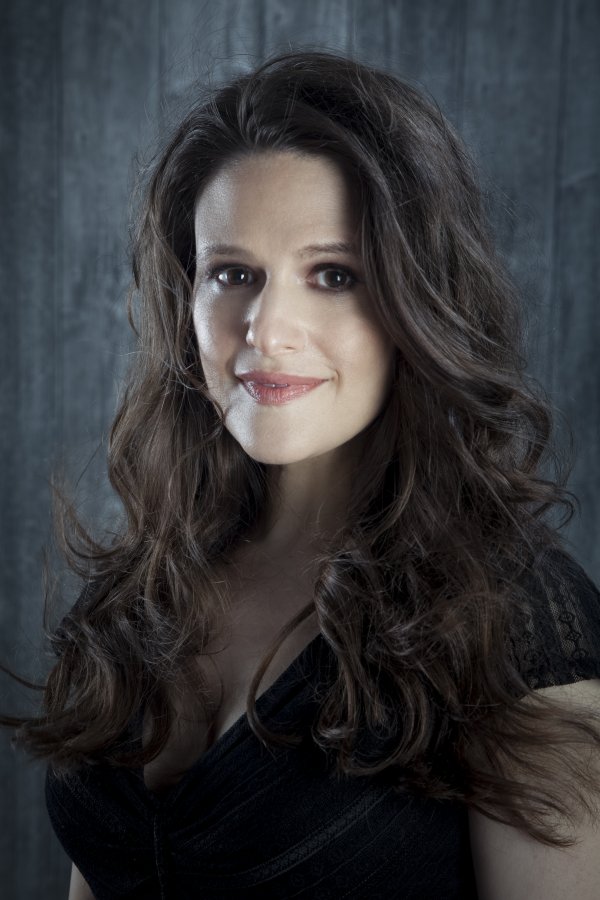
Robin Johannsen began her career singing soubrette roles at the Deutsche Opera Berlin and Opera Leipzig. In recent years, she has specialized as soloist in major choral-vocal works with chamber and period orchestras.
Her pleasant medium-sized soprano would have benefited from being heard in a more intimate space. Johannsen’s lower tones were not always audible over the ensemble or organ. Her basically attractive timbre and musicality fared best in Handel’s 1707 motet Saeviat tellus inter rigores. “O nox dulcis serena,” the score’s third movement finds Handel at his most operatically enchanting and Johannsen spun its winding phrases winningly. The florid concluding “Alleluja” played to her strengths—clean trills, rapid-fire coloratura and laser-like high notes. That closer managed to wake up the oft-lackadaisical Kravis audience who responded with cheers. Fabio Galessi’s oboe obbligato finely dovetailed Johannsen’s vocal line.
The “Benedictus” from Haydn’s Little Organ Solo Mass fit Johannsen’s voice like a glove .Although composed before Haydn’s greatest sacred works, the graceful soprano solo is inspired, not least for its ornamented organ accompaniment. Haselböck’s carefully modulated approach gave discreet room for Johannsen’s light voice.
Haselböck stood up from his organ seat and conducted Mozart’s Exultate, jubilate to conclude the program. The opening section again exposed the weaknesses in Johannsen’s lower range. In the central aria, her sound was thin and wavery. Perhaps Johannsen was saving her voice for the final “Alleluja.” She brought tons of sparkle and dexterity to that celebratory exclamation and the instrumentalists’ brisk support added to the final dose of holiday cheer.
The Regional Arts Concert Series presents violinist Midori and pianist Jean-Yves Thibaudet in an all-Beethoven program 2 p.m. January 5, 2020 at the Kravis Center in West Palm Beach. kravis.org
Posted in Performances
Leave a Comment
Tue Dec 17, 2019
at 12:39 pm
No Comments
